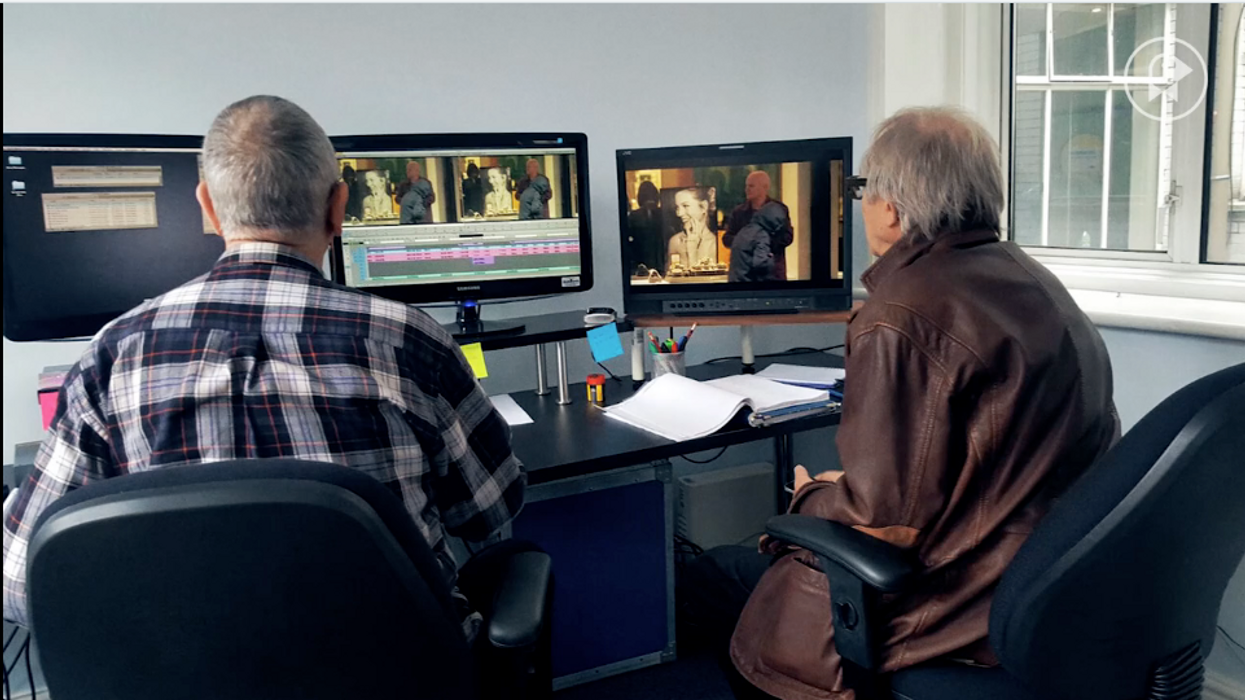'We Can't Cheat': Lessons from Ken Loach's Long-Time Editor
Frequent Ken Loach collaborator, editor Jonathan Morris discusses the process of cutting films with the two-time Palme d'Or winning filmmaker.

Jonathan Morris has been editing for legendary British filmmaker Ken Loach for 36 years, having collaborated on a total of 30 films together. In this Fandor Keyframe video from Abolfazl Talooni, Morris, who cut the films that won Loach both of his Palme d'Or awards, discusses his career working with the director, their process, and some lessons about working with self-imposed aesthetic restrictions.
Loach works in the tradition of "social realism," or cinema that depicts, in his words, "ordinary people and their dilemmas." His films focus on the struggles of the working class in Britain and are known for their use of regional dialect, realistic mise-en-scène, and naturalistic cutting techniques. According to Morris, this leads to a plenitude of key aesthetic decisions (and restrictions.)
"You cannot be flash, really. It's got to look real."
As the editor relates in the video, the way Loach makes films "can sometimes be quite restricting in the way you edit. You cannot be flash, really. It's got to look real." Note that he says "look" real; of course, all filmmaking is artifice, reality reconstructed, and any appearance of "reality" is the product of careful aesthetic choices that conform to a specific view of one reality, and constitutes just as much of an aesthetic stance as, say, a surrealist film. In every film, every shot has been (or should have been) arrived through careful aesthetic choices. And one choice that was particularly difficult, according to Morris, occurred during the editing of 1999's My Name is Joe.
The film, which follows a recovering alcoholic in Glasgow, Scotland, features a scene in which Joe (Peter Mullan) discusses a past relationship with his new girlfriend (Louise Goodall). As Morris relates, Loach had a scene in the script, a flashback to when Joe was drinking and became violent in a former relationship. As Morris relates, they tried to edit the scene with and without the flashback. Morris, for one, fought for the flashback, saying that, "you needed to see how unpleasant and nasty our main character was." Also, in a moment of anger later in the film, Joe grabs Sarah by the shoulders and, as Morris says, he felt that the film "needed to have that moment of [gasps]."
Even though this moment (and its reverberation later in the film) technically violates the strict doctrines of "social realism," it works within the context of the film, heightening rather than depreciating its effect. This is an important lesson for any filmmaker, especially one working in a specific genre or tradition: no matter how well you know the rules or how faithfully you follow them, there will always be occasions when it's necessary to break these rules in order to tell your story in the most effective way.
This is doubly pertinent in an age when it seems as though there are no rules, and technology (forget ideology) permits the use of just about any aesthetic trick under the sun, with many seemingly employed for their own sake. That Morris and Loach deliberated so much about including this flashback, a moment which almost no viewer would notice, or even blink at, shows the discipline of true artistry and how important it is to think long and hard about every cut, every angle, every choice. The rest of the video is just as instructive and features Morris and Loach discussing everything from their daily work schedule to the switch from Steenbeck to Avid. Any student of film would do well to check it out.
Source: Fandor Keyframe












